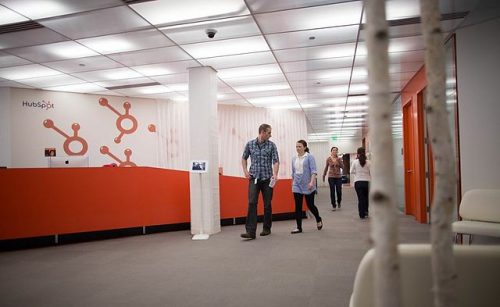
Back in 2005, Bain produced a piece of research that identified the existence of a customer experience delivery gap, where 80% of the companies surveyed believed that they delivered a “superior experience” yet only 8% of customers agreed.
Now that research may now be verging on becoming old and, potentially, out of date.
But, the idea of a ‘gap’ existing still resonates with many executives and entrepreneurs that I talk to when I conduct workshops and give talks on getting customer service and experience right.
What is clear from those conversations is that central to the maintenance of this gap is the predominant focus of new growth efforts (new technology implementations, new digital initiatives, new revenue models etc) and the fact that most companies are not paying enough attention to existing customers and their current experience.
This is line with Bain’s original findings where they found two reasons that the delivery gap exists:
-
- Many growth initiatives don’t pay enough attention to a company’s biggest asset their existing, loyal and profitable customers; and
- It’s extremely difficult to maintain a continuous understanding of what customers want, keep your promises to them and adjust your propositions accordingly.
Now, whilst a focus on new growth efforts is essential, the problem is that it they can tend to skew the focus of leadership away from some of the more mundane elements of a customer’s experience, many of which are often seen as inconsequential.
Call these things grit, call them irritations, call them annoyances. Or, like Eva Klein, VP of Customer Success at HubSpot, call them ‘sharp edges’.
Whatever you call them, all of them can have a significant and negative impact on your customers experience.
However, they are not always obvious, as HubSpot found out whilst going through their own customer success transformation. What they found was that whilst they considered themselves to be a very customer centric company, when they peeled back the layers of what and how they did things they discovered lots of things that weren’t very customer centric at all and didn’t align with what they were aspiring to. These things weren’t limited to their software products or their support but ranged across the organisation and covered everything from finance to legal to product development.
They are only 18 months into their new approach to customer success but their process of identifying their ‘sharp edges’ and addressing them has already delivered a double digit improvement in customer health as well as having a significant impact on their customer and revenue retention numbers.
What HubSpot has learned is that everything that we do matters and even the smallest thing can make the biggest difference when it comes to delivering a great customer experience.
So, with their experience in mind, ask yourself if there is anything that you do that your customers would perceive as having a ‘sharp edge’?
In fact, go further and ask your customers too.
Doing so will give you simple clues as to where you can make immediate improvements to help you better serve both your existing and new customers across different parts of your business.
“It’s a competitive world, Everything counts in large amounts” – Depeche Mode
Thanks to Wikimedia for the image.



